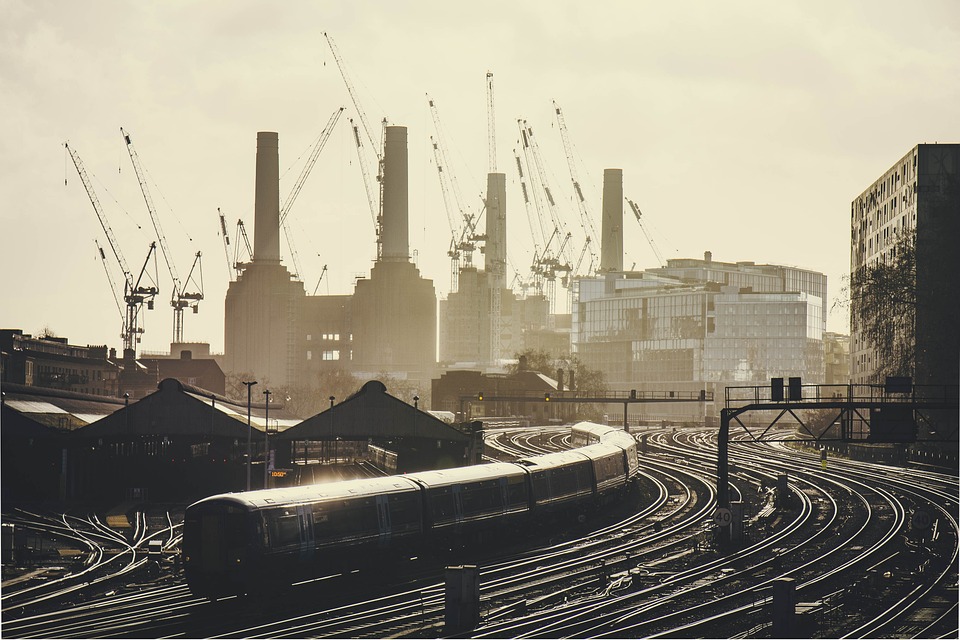
The United States of America has long been known for its deeply divided political landscape. In recent years, this divide has become increasingly pronounced, with partisanship playing a significant role in shaping the country’s politics and policies. This has manifested in the form of gridlock in Congress, escalating polarization in public discourse, and a growing sense of animosity between political factions.
The partisan divide in the United States is often characterized as a clash between the left and the right, or between Democrats and Republicans. While this oversimplification captures the essence of the divide, it fails to fully convey the complexity of the situation. The roots of this partisan split run deep and are influenced by a multitude of factors, including social, economic, and cultural forces. Understanding the origins and nature of this division is crucial to addressing the challenges it poses to the functioning of the American political system.
One of the key drivers of the partisan divide in the United States is the growing ideological polarization of the two major political parties. Over the past few decades, Democrats and Republicans have become increasingly ideologically distinct, with each party attracting a more homogenous and ideologically cohesive voter base. This has led to a situation where party loyalty often trumps other considerations, and partisan identity becomes a defining feature of people’s political beliefs.
Another factor contributing to the partisan divide is the influence of media and information sources. The rise of cable news and social media has created echo chambers where individuals are exposed to information and opinions that reinforce their existing beliefs, further entrenching partisan divisions. This has led to a situation where people on each side of the political spectrum often have different sets of facts and narratives, making meaningful dialogue and compromise more difficult to achieve.
The role of identity politics and cultural divisions also plays a significant part in the partisan divide. Issues such as race, gender, and religion have become deeply politicized, with each party adopting positions and rhetoric that appeal to their respective bases. This has led to a situation where political discourse often revolves around identity-based grievances and resentments, further deepening the fault lines between different segments of society.
The impact of economic inequality and social mobility also cannot be ignored when examining the partisan divide. Economic grievances and disparities in opportunity have fueled a sense of disillusionment and alienation among many Americans, leading to a fertile ground for populist and anti-establishment rhetoric. This has created a rift between those who feel left behind by the current system and those who benefit from it, further exacerbating the sense of “us vs. them” that characterizes partisan politics.
To address the challenges posed by the partisan divide in the United States, it is crucial to acknowledge the multi-faceted nature of the problem. Efforts to bridge the divide will require a combination of policy changes, cultural shifts, and a rethinking of the way politics is conducted. This could include reforms to the electoral system to encourage greater political competition and representation, efforts to promote media literacy and critical thinking, and a renewed focus on common values and goals that transcend partisan divisions.
Ultimately, a more inclusive and collaborative approach to politics is needed to overcome the partisan divide in the United States. This will require a willingness to engage with different perspectives and a recognition of the shared humanity that unites all Americans, regardless of their political beliefs. Only by acknowledging the depth and complexity of the partisan divide can the country begin to heal and move towards a more cohesive and functional political system.







